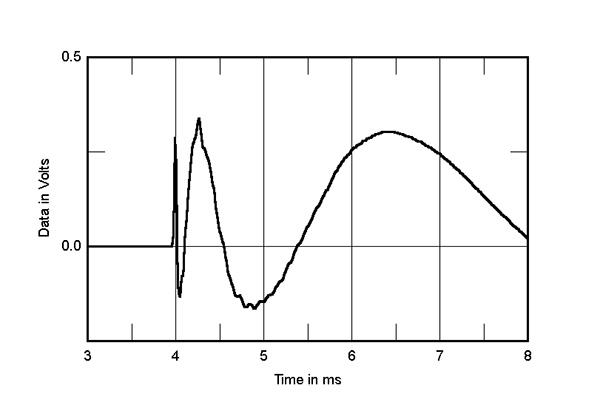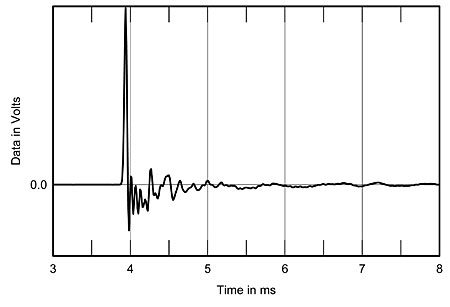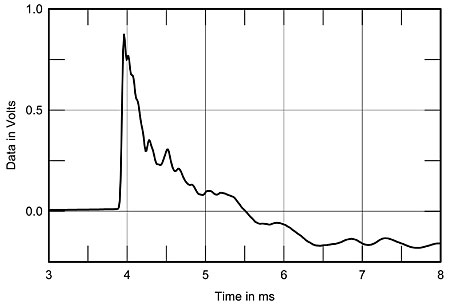@cdc Well the issue with the micromain isn’t the frequency response which is ideally should be a variation of neutral which it is on axis. And also because you’d be nearfield, flat on axis is what you want but you also want a pretty controlled and wide enough dispersion. The Micromain is too tight with the dispersion pattern control.
You not needing 116dB levels is something you can control using a volume dial so I don’t get your comment regarding that. You’re the one that will push it to that peak level if you run the input gain near maximum so that isn’t really a factor
Also it being revealing is something I thought audiophiles want. Listening to the actual mix in its truth (but as I’ve grown I’ve noticed that is the opposite of what most of y’all want)
Most people want to add their own twist to what the song is. Sometimes a song is mixed and mastered terribly because of what monitors were used and u til you k ow theonitors used and buy them to listen to said album I’d say it is better to get the neutral speaker that can play both the great mixes and bad mixes as they’re.
Time domain is not really an issue unless your speakers are like over 10ms.
Also looking at the two time domains. Actually the Mon time aligned one is actually better for transients.
For the normal time domain, non-time aligned graph there is:
Sharp initial peak around 3.9 ms reaching approximately 0.6 Volts.
* Relatively rapid decay of oscillations after the initial peak. The ringing settles close to zero within about 1.5-2 ms after the initial impulse.
* The oscillations are relatively small in amplitude compared to the initial peak.
For the second time aligned Image 2 (Second Response):
* Sharp initial peak around 3.9 ms reaching approximately 1.5 Volts (significantly higher amplitude than the first).
* Significantly slower decay of the response after the initial peak. The signal takes much longer to settle back to zero, exhibiting more sustained oscillations.
* The oscillations are also larger in amplitude and more complex compared to the first response. There are distinct secondary peaks and a more prolonged "tail" to the response.
Based on these time-domain responses alone, the first response (from your initial image) is generally considered better for speaker performance. It exhibits a faster decay of oscillations and less ringing after the initial impulse, which typically translates to better transient response, improved clarity, and a less "colored" sound.
Basically I’d say don’t be smitten by time aligned drivers like that cos that means longer tails fo reverb from the speaker alone and combine that with your room then that compounds the issue.
I’d recommend the Genelec 8361A rather.
Get a pair from Thomas. They have the best prices.
In White - Singular 8361A in White
Or
In Anthracite - Singular 8361 in Anthracite




